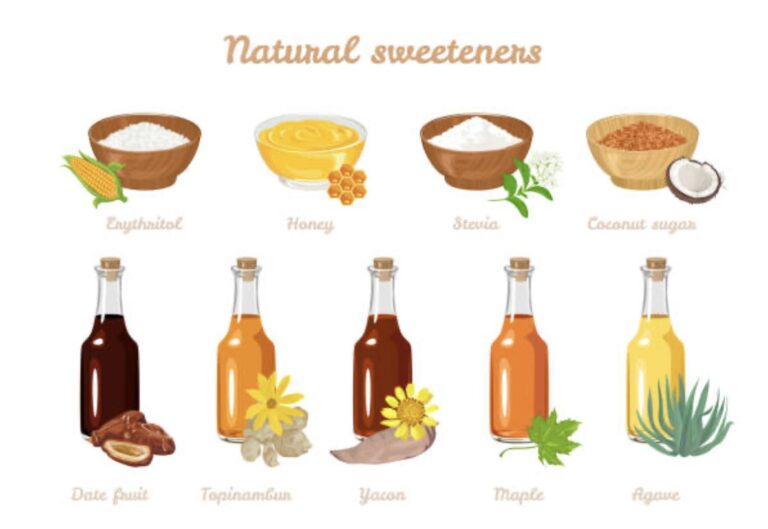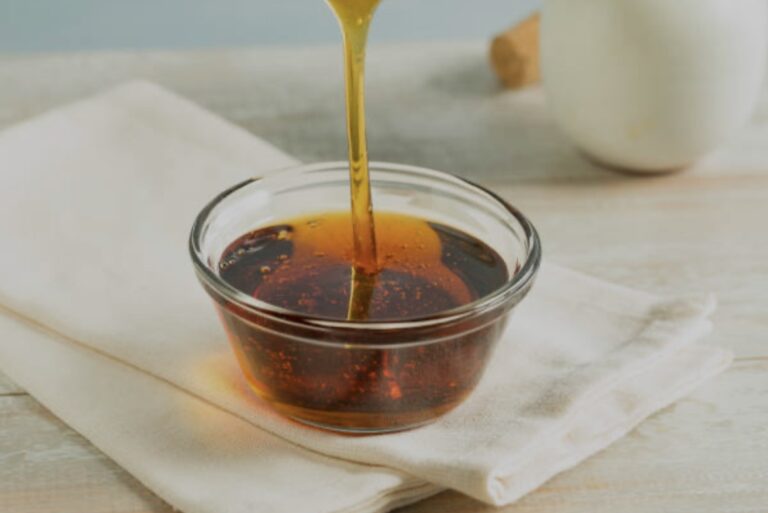Agave As A Sugar Substitute
In the quest for healthier lifestyles, many are turning a critical eye toward their sugar consumption, propelling the search for alternative sweeteners into new territories. Agave as a sugar substitute is a great option as a replacement. Among the myriad options available, agave stands out, not just as a novel choice but as a substance with a rich history and a promising future in the culinary world. Its growing popularity underscores a broader movement towards understanding and utilizing sugar alternatives for a more balanced approach to diet and wellness.
Overview of Sugar Substitutes
Sugar substitutes have been a hot topic for decades, offering the sweetness of sugar without its caloric impact or health implications. From artificial sweeteners like aspartame and sucralose to natural alternatives like stevia and monk fruit, the market is diverse. The common thread among them is the ambition to provide a healthier, often more sustainable, option for consumers looking to reduce sugar intake. Here is a closer look at why chemical sweeteners should be avoided read here…
Introduction to Agave as a Sugar Substitute
Agave, primarily known for its role in producing tequila, has emerged as a favored sweetener. Extracted from the agave plant native to the arid regions of Mexico, this natural sweetener, available as nectar, syrup, or powder, is making its way into the pantries of the health-conscious consumer.

Importance of Understanding Sugar Alternatives
With rising awareness of the health risks associated with excessive sugar consumption, including obesity, diabetes, and heart disease, the importance of finding viable sugar alternatives cannot be overstressed. Understanding these alternatives, their benefits, and potential drawbacks is crucial in making informed dietary choices.
The Rise of Agave Syrup
Historical Use of Agave
The agave plant has been central to Mexican culture for thousands of years, utilized in a variety of ways from fiber production to alcoholic beverages. Its use as a sweetener, however, is a relatively modern application of this ancient plant.
Origins and Traditional Uses
Traditionally, agave was valued for its medicinal properties and as a source of sweet sap called “aguamiel” or honey water. This sap would be fermented to produce pulque, a mildly alcoholic drink predating the arrival of the Spaniards.
Transition from Traditional to Commercial Use
The transition from a traditional remedy and beverage to a commercially viable sugar substitute is a testament to agave’s versatility and growing appeal in a health-conscious market. This shift mirrors a broader trend towards natural and minimally processed foods.

Why Agave is Gaining Popularity
The Health-Conscious Consumer
Today’s consumer is more informed and discerning, seeking products that align with their health goals. Agave’s low glycemic index and natural origins make it an attractive option for those looking to reduce sugar intake without resorting to artificial sweeteners.
Nutritional Trends and Diet Preferences
In a world increasingly inclined towards plant-based and natural dietary choices, agave fits neatly into the preference for food products that are perceived as less processed and more healthful.
Agave in the Market
Comparison with Other Sugar Substitutes
When compared to other natural sweeteners, agave is notable for its mild taste and versatility. It lacks the aftertaste found in some artificial sweeteners and is more soluble than honey, making it ideal for both hot and cold beverages.
Availability and Forms
Agave is most commonly available as a syrup or nectar but can also be found in powdered form. This range of options allows for flexibility in usage, from sweetening beverages to baking.

The Sweet Science: Nutritional Profile of Agave
Nutritional Content
Agave syrup is primarily composed of fructose, with a caloric content similar to sugar. However, because it is sweeter, less is needed to achieve the same level of sweetness, potentially reducing overall calorie intake.
Caloric Comparison with Sugar
Due to its higher sweetness ratio, using agave in place of sugar can lead to lower overall calorie consumption, a factor that is critical in weight management and metabolic health.
Health Benefits
Low Glycemic Index and Its Advantages: Agave’s low glycemic index means it does not cause rapid spikes in blood sugar, making it a preferable option for those monitoring blood glucose levels.
Impact on Metabolism and Digestion: The fructose in agave is metabolized differently than glucose, having a less immediate impact on blood sugar and insulin levels.
Considerations and Controversies
Criticisms and Health Concerns
While agave is praised for its low glycemic index, it is high in fructose, a type of sugar that in excess can lead to health issues such as increased blood triglycerides and liver stress.
Recommendations for Consumption
Moderation is key. Despite its benefits, agave is still a form of sugar and should be consumed in moderation as part of a balanced diet.

Agave in the Kitchen: A Culinary Guide
Cooking with Agave
Using agave in the kitchen can enhance recipes without the need for refined sugars. It is excellent in marinades, vinaigrettes, desserts, and beverages, adding sweetness with a hint of its distinctive flavor.
Adjusting Sweetness Levels
Due to its concentrated sweetness, adjusting recipes is necessary when substituting agave for sugar. A general guideline is to use about one-third less agave than you would sugar.
Popular Agave-Based Recipes
Beverages and Cocktails: Agave is a fantastic sweetener for tea, coffee, and cocktails, providing a smooth sweetness that dissolves easily.
Desserts and Sweet Treats: From cakes to cookies, agave can replace sugar in nearly any recipe, offering a moist texture and rich flavor.
Savory Dishes: Agave’s subtle sweetness can balance the acidity in dishes like tomato sauces or add a caramelized crust to meats.
Preservation and Storage
Agave syrup should be stored in a cool, dark place to maintain its quality. Properly stored, it can have a shelf life of up to a year.

Environmental and Economic Perspectives
Sustainable Farming Practices
The cultivation of agave, when done sustainably, can be beneficial to the environment, contributing to soil health and biodiversity. However, the increasing demand poses challenges that necessitate responsible farming and production practices.
The Agave Industry
The economic implications for local communities involved in agave cultivation can be significant, providing a source of income and promoting regional agricultural development.
Future Outlook
The potential for growth in the agave industry is substantial, with increasing demand for natural sweeteners driving innovation and sustainable practices. However, balancing environmental sustainability with economic benefits remains a critical challenge.

DIY Agave Solutions
Making Your Own Agave Sweeteners
Home extraction of agave syrup is not typically recommended due to the complex process required to break down the agave’s fibrous material into a consumable sweetener. However, purchasing raw agave and experimenting with it in recipes can be a rewarding endeavor.
Crafting Agave-Based Health Products
Beyond sweetening, agave has potential applications in homemade cosmetics and health remedies, harnessing its natural properties for skin care and nutritional supplements.
Community Projects and Sustainability Efforts
Initiatives promoting sustainable agave cultivation are crucial in ensuring the industry’s future. Participating in or supporting these projects can contribute to environmental conservation and economic prosperity in agave-producing regions.
Agave as a sugar substitute represents a confluence of tradition and modern culinary innovation. Its rise in popularity underscores a shift towards more health-conscious dietary choices and the importance of sustainable food sources. As we continue to explore alternatives to refined sugar, agave stands out not just for its sweetness, but for the cultural and environmental narratives it carries.
Frequently Asked Questions
Agave syrup has a lower glycemic index than honey, making it a preferable option for those monitoring their blood sugar levels. However, both are natural sweeteners that should be consumed in moderation.
While agave’s low glycemic index makes it an attractive option for diabetics, it is high in fructose and should be used sparingly and within the guidance of a healthcare professional.
Agave has a lower glycemic index compared to many other sweeteners, including table sugar and honey, which means it doesn’t spike blood sugar levels as rapidly.
The environmental impact can vary significantly. Sustainable practices can lead to positive outcomes, but the increasing demand poses challenges such as potential over-cultivation and biodiversity loss.
Consuming high amounts of fructose, including that from agave, can lead to health issues such as increased blood triglycerides, weight gain, and liver stress. Moderation is essential.


